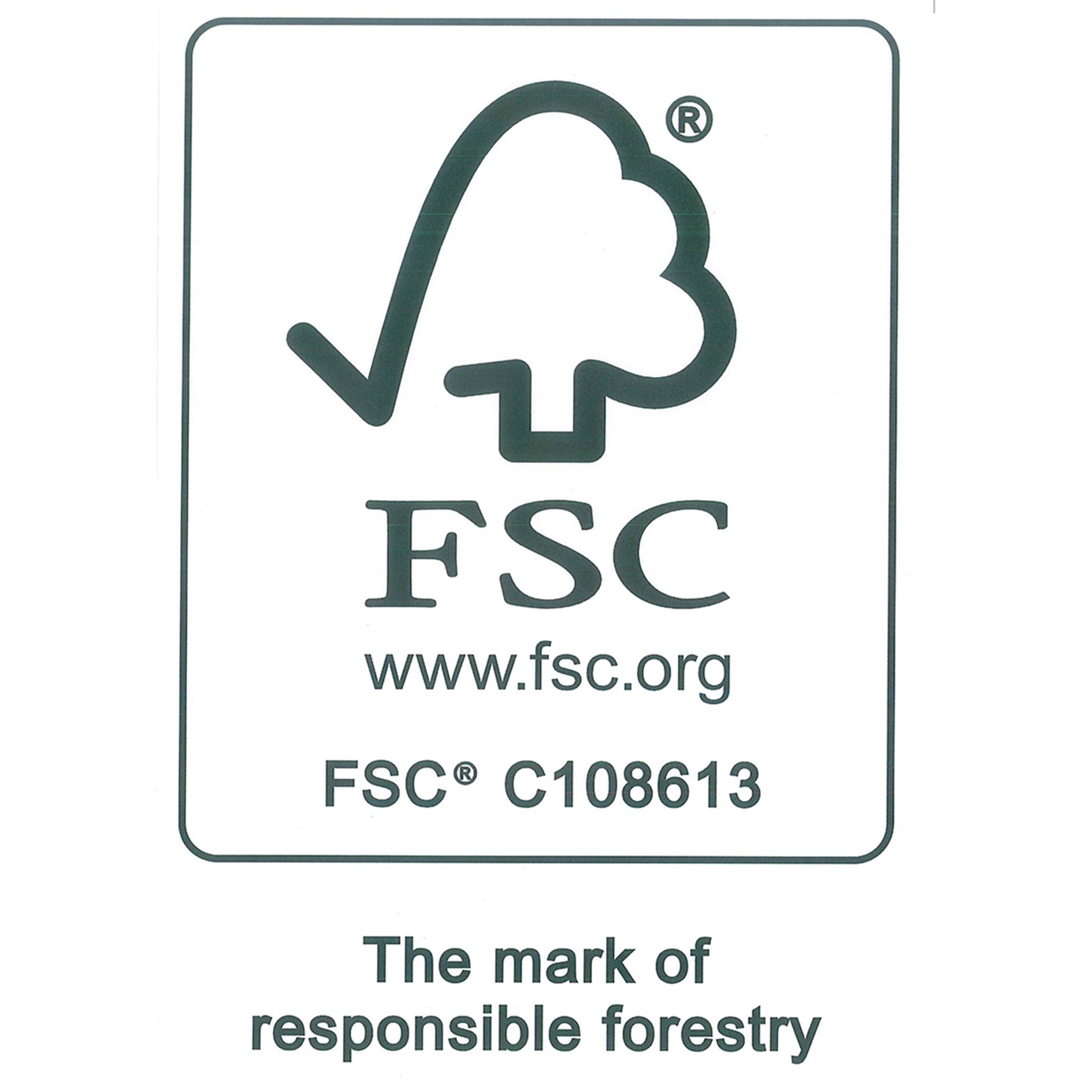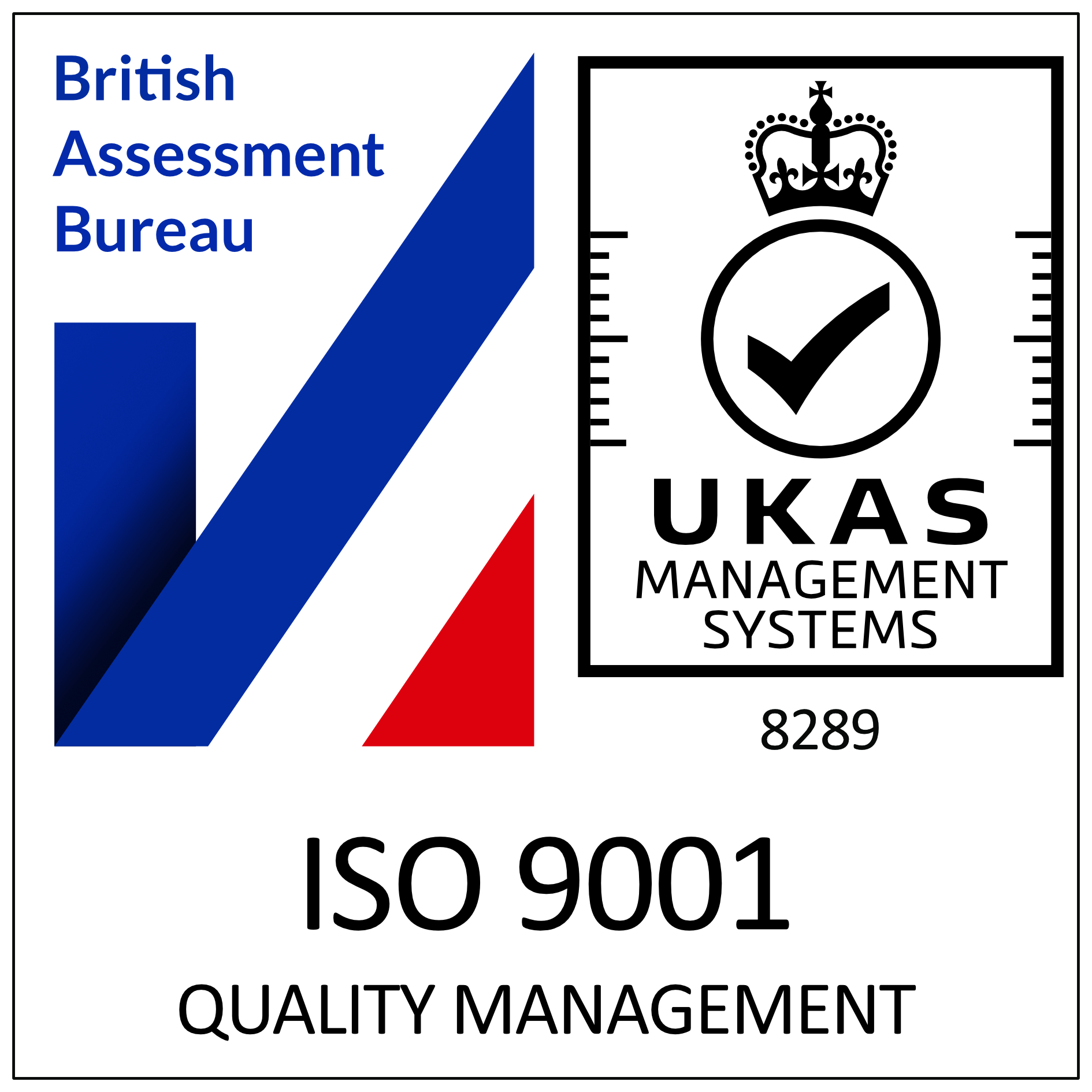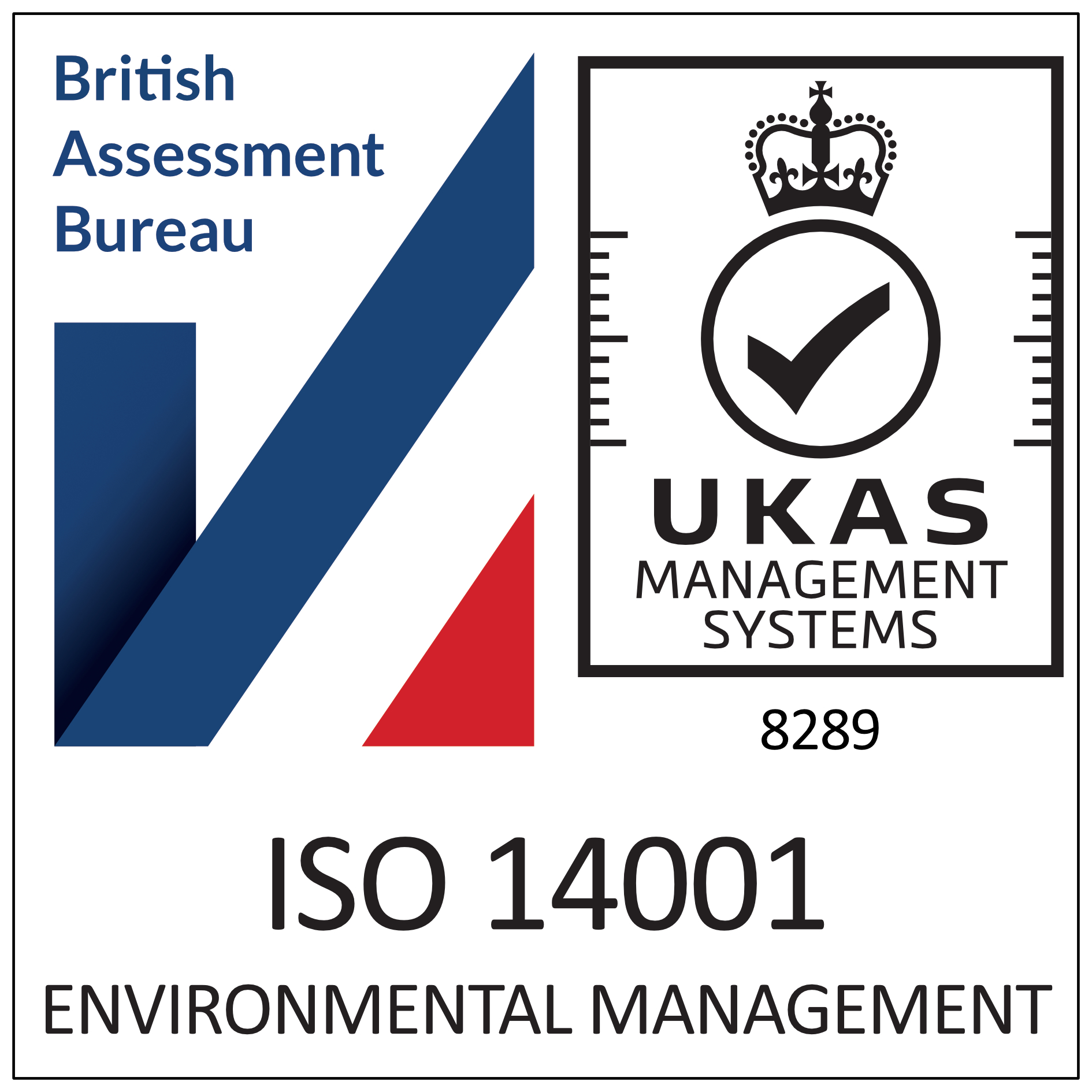When to use FD30 vs FD60
Fire safety is a vital consideration in all buildings but especially so in buildings for public use and larger residential occupation. There are many legal, mandatory stipulations for such buildings to ensure the best possible egress from a populated building in the event of a fire outbreak.
Amongst the many important components of a building’s fire safety are the fire doors installed in the appropriate locations. There are different types of fire doors available, the two most commonly used being the FD60 and the FD30 doorsets – here is some information on the correct and effective use of these important fire doorsets:
Why you need fire doors
The main function of installed fire doorsets is to offer protection for the building occupants, visitors, and the integrity of the building itself. Fire doors achieve this protection through compartmentation – a system that includes walls, doors, ceilings, and floors. Any space, whether it be one room, a series of rooms, or corridors can be created between installed fire doors.
The FD60 and/or the FD30 doorsets should provide exceptional levels of fire and smoke resistance to allow a full and orderly evacuation of a building.
Differences between FD60 and FD30 doorsets
The main difference between these two fire doors is explained in the title of the door type – it is the time in which it will take a fire outbreak to breach the fire door itself in place. An FD30 doorset will have been designed and built to contain a fire in its’ breakout source for up to 30 minutes, whereas an FD60 doorset will offer the same containment protection for up to 60 minutes.
Depending upon the type of building, its’ layout and its’ function will determine at which locations you should install the appropriate fire doorset. Both types of fire doors are built to withstand, not only the fire itself but, being fitted with intumescent strips, will also contain heat and any potentially dangerous smoke for the same periods of time.
Where to place FD60 and FD30 doorsets
This will largely depend upon the function and make-up of the environment you are protecting – for example, a building such as a Doctor’s Surgery with, maybe only one or two floors and a small number of occupants or visitors, will probably be best served with 30 minute fire doors (FD30 doorsets) strategically place within the building.
A larger building, such as a hospital, school, or office block, catering for a much larger number of people should have FD60 doorsets in situation – this allows a greater time for the larger occupation of people to be able to evacuate the building safely in the event of a fire outbreak.
Fire safety and building design must meet regulations
Fire Safety forms part of the design requirements for any new building and must comply with local building regulations and standards – this is a legal and mandatory requirement. Note also, that fire risk assessments MUST be performed in appropriate buildings as part of the Regulatory Reform (Fire Safety) Order 2005 – these risk assessments also play a part in identifying the most appropriate and relevant placements of FD60 and FD30 doorsets.
Any fire door must be professionally installed
The very nature of fire doorsets and their function means that they should be fitted correctly and professionally. If any gaps are left around the door frames, or any of the intumescent seals are incorrectly fitted, then the fire doorsets will not perform their task properly and endanger both life and the property itself in the event of a fire.
Fire door installation requires the relevant knowledge and skills and should always be performed by a skilled fire doorset fitter.
Enfield Doors
Our team of experts is always on hand to guide you and give you sound and pragmatic advice based on years of experience and successful installations.
If you would like further information on our company, please contact us and we will respond as quickly as possible. We look forward to helping you.








